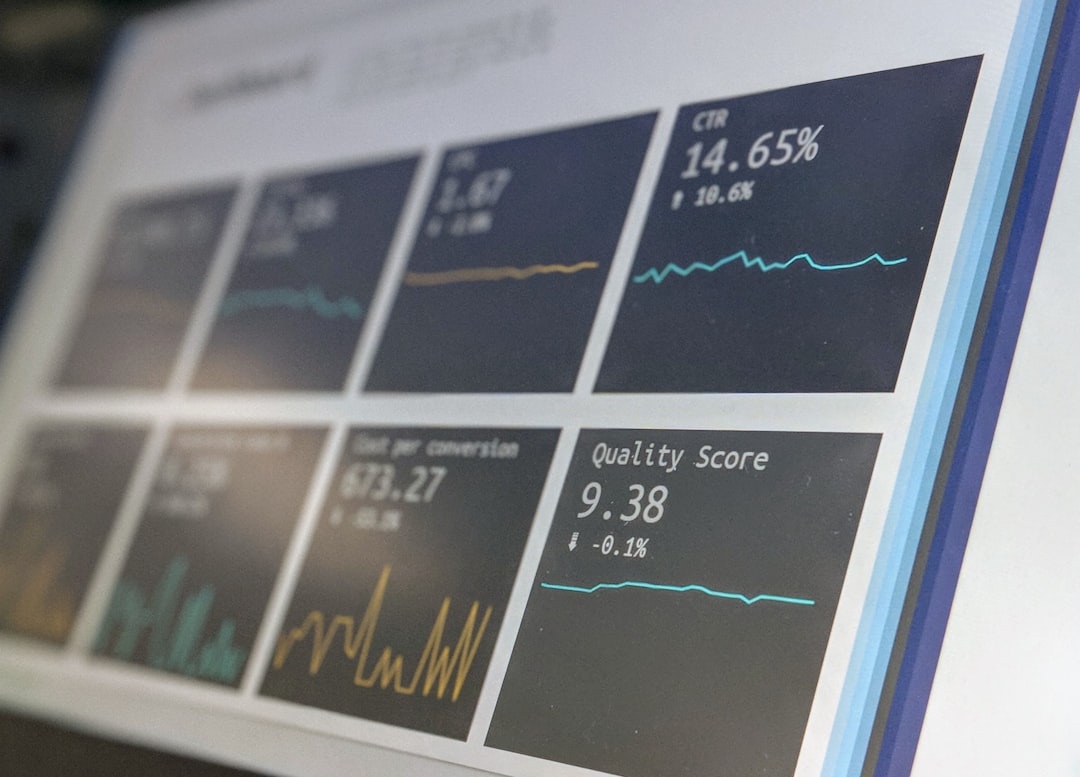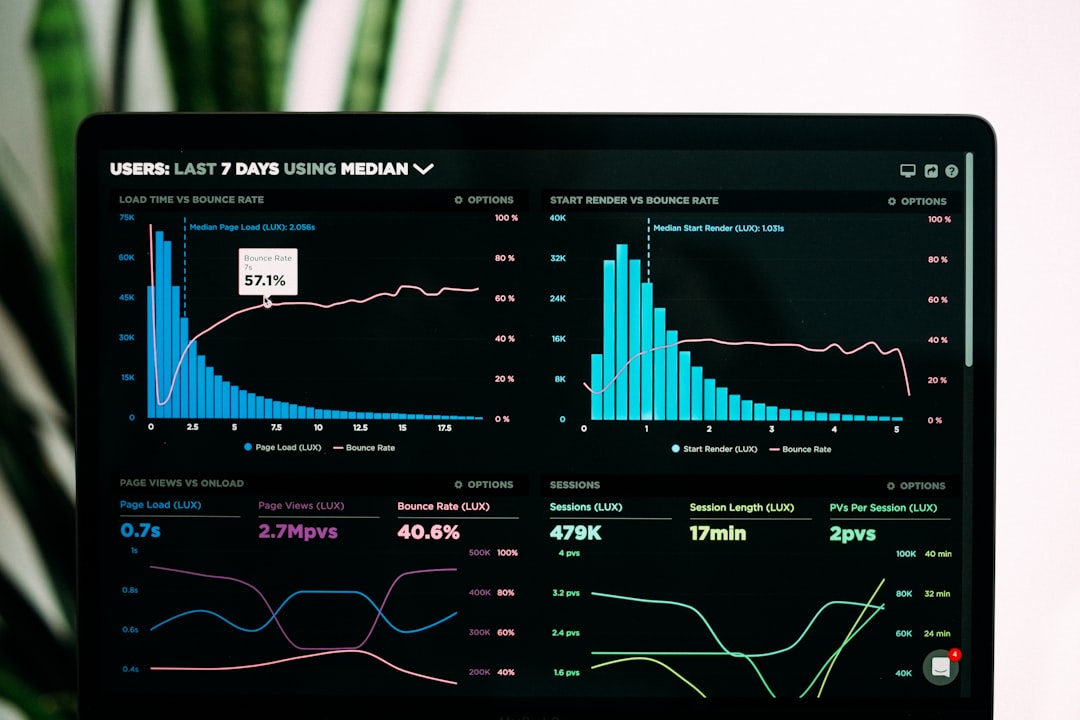
Where to Find Historical Economic Data Online: A Comprehensive Guide
# Introduction. In an increasingly data-driven world, the ability to access historical economic data online has become essential for researchers, students, economists, and business professionals alike. Whether you are looking to analyze trends, make forecasts, or support academic research, having a reliable source for economic data is crucial. This blog post will explore various online resources where you can find comprehensive historical economic data, offering specific examples and highlighting the unique features of each resource. # 1. Federal Reserve Economic Data (FRED). One of the premier sources for historical economic data is the Federal Reserve Economic Data (FRED) database, maintained by the Federal Reserve Bank of St. Louis. FRED offers access to thousands of economic datasets—spanning topics such as GDP, employment, consumer spending, and inflation—dating back several decades. The user-friendly interface allows for easy data visualization, enabling users to create customized graphs and download data in multiple formats. Additionally, FRED provides historical data revisions, which is vital for academic rigor. # 2. World Bank Data. The World Bank Data portal is another invaluable resource for historical economic data, particularly for international economic indicators. This platform provides access to a rich repository of country-level data spanning various topics, including poverty, trade, and health. The World Bank's database features historical datasets stretching back to the 1960s for many indicators, which makes it an excellent tool for longitudinal studies. The site also includes data visualizations and country profiles to assist users in interpreting the data. # 3. International Monetary Fund (IMF). For those interested in global economics, the International Monetary Fund offers a wealth of historical data through its various publications and databases. The IMF's World Economic Outlook, Global Financial Stability Report, and International Financial Statistics are prime examples of where you can find extensive historical economic data. The IMF also provides tools for analyzing fiscal and monetary policies across different regions, helping to highlight trends that can inform future economic strategies. # 4. OECD Economic Outlook. The Organisation for Economic Co-operation and Development (OECD) offers valuable access to historical economic data through its Economic Outlook and other publications. The OECD's data focuses on member countries but also includes data for key emerging economies. Users can access historical data reports that detail various economic indicators, including GDP, employment rates, and inflation measures, all of which are essential for understanding economic trends over time. The site also provides projections, allowing users to analyze both historical and future trends side by side. # 5. Historical Statistics of the United States. For researchers seeking data specifically related to the United States, the Historical Statistics of the United States, available on the U.S. Census Bureau's website, is an indispensable resource. This extensive collection covers a wide array of subjects, including population, economy, and societal changes from the colonial era to the present. The site is beneficial for academic researchers and anyone interested in understanding the evolution of the U.S. economy over the centuries. # 6. Google Public Data Explorer. For those who prefer a more visual method of analyzing economic data, Google's Public Data Explorer combines datasets from various sources in a visually engaging format. Users can explore economic data from organizations like the World Bank and the OECD, allowing for robust comparisons and interactive graph structures. Google’s tool is ideal for beginners looking to grasp complex datasets without being overwhelmed by intricate statistical analysis, as it simplifies data manipulation and visualization. # Conclusion. Accessing historical economic data has never been easier, thanks to the wealth of online resources available today. The combination of databases like FRED and World Bank Data—coupled with interactive tools from Google—offers researchers and professionals alike the ability to extract valuable insights from historical trends. By leveraging these resources, you can enrich your economic analyses and enhance your understanding of how past trends inform future economic positions. In conclusion, the exploration of these resources for historical economic data will equip you with the tools necessary to conduct thorough and informed economic research. Make sure to take full advantage of the free and accessible datasets available to drive your research and analyses, ensuring that you stay at the forefront of economic discourse. .






